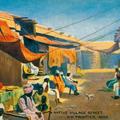R.A.T.A.R.F.A. Meerutt
A particularly striking view of a colonial bungalow in northern India. Meerut was home to a major army garrison and cantonment during the Raj and in modern times. This card was in an embossed postcard frame. All attempts are decoding R.A.T.A.R.F.A.

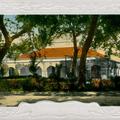
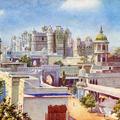
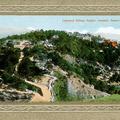

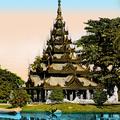
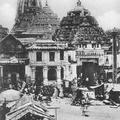
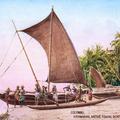
![A Bhistee [Watercarrier] A Bhistee [Watercarrier]](https://www.paperjewels.org/sites/default/files/styles/square_thumbnail/public/slides/a-bhistee_0.jpg?itok=DCLgU_Ef)
